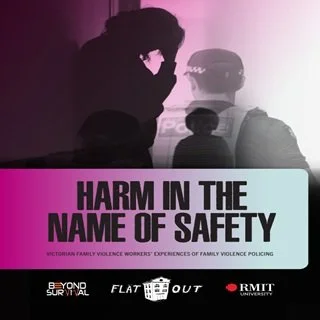By Cintya Lanchimba, Juan Pablo Díaz-Sánchez and Franklin Velasco
Introduction: This econometric analysis investigates the nexus between household factors and domestic violence. By considering diverse variables encompassing mood, depression, health consciousness, social media engagement, household chores, density, and religious affiliation, the study aims to comprehend the underlying dynamics influencing domestic violence. Methods: Employing econometric techniques, this study examined a range of household-related variables for their potential associations with levels of violence within households. Data on mood, depression, health consciousness, social media usage, household chores, density, and religious affiliation were collected and subjected to rigorous statistical analysis. Results: The findings of this study unveil notable relationships between the aforementioned variables and levels of violence within households. Positive mood emerges as a mitigating factor, displaying a negative correlation with violence. Conversely, depression positively correlates with violence, indicating an elevated propensity for conflict. Increased health consciousness is linked with diminished violence, while engagement with social media demonstrates a moderating influence. Reduction in the time allocated to household chores corresponds with lower violence levels. Household density, however, exhibits a positive association with violence. The effects of religious affiliation on violence manifest diversely, contingent upon household position and gender. Discussion: The outcomes of this research offer critical insights for policymakers and practitioners working on formulating strategies for preventing and intervening in instances of domestic violence. The findings emphasize the importance of considering various household factors when designing effective interventions. Strategies to bolster positive mood, alleviate depression, encourage health consciousness, and regulate social media use could potentially contribute to reducing domestic violence. Additionally, the nuanced role of religious affiliation underscores the need for tailored approaches based on household dynamics, positioning, and gender.
Front. Psychiatry, 2023, 13p.





















